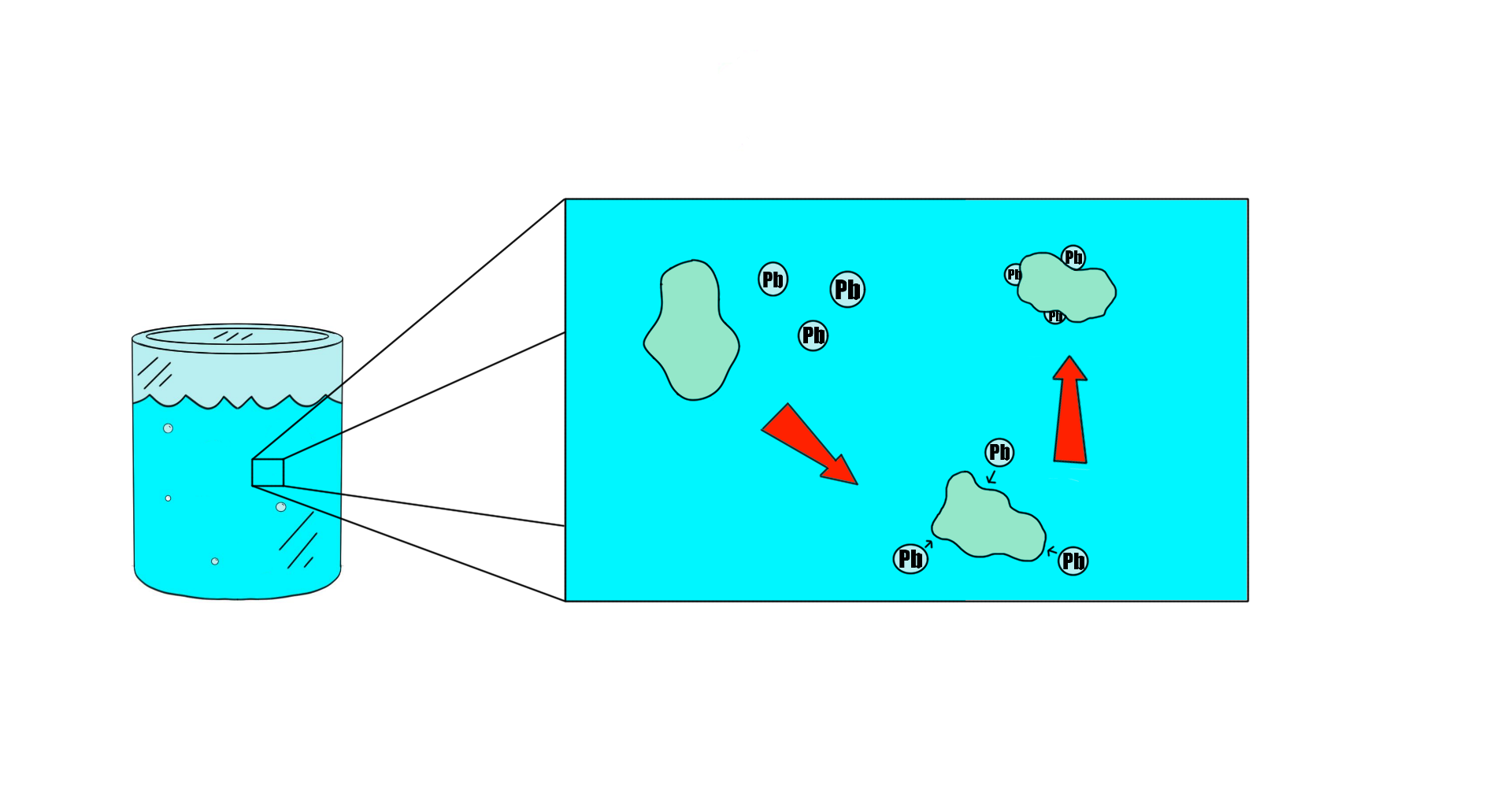Project Description
Two Bacteria = Two Solutions
Our project seeks to engineer two separate strains of bacterium to solve problems related to lead pollution. Our first bacterium, Bacillus subtilis, will function as a biosensor by changing colors to indicate how much lead contamination, if any, is present in a sample of water. If lead is present, our second bacterium, Lactobacillus rhamnosus GG, can be taken daily as a probiotic to potentially reduce the amount of lead contamination in ingested water.

Got Lead?
Lead contamination in drinking water is becoming a larger problem due to the aging infrastructure present in America and other countries with lead pipes (Ciccatelli). Our project was namely inspired by the water crisis in Flint, Michigan, which has left many of the city’s inhabitants without drinkable tap water since 2014 (Flint). While the problem in Flint certainly is extreme, lead pollution is actually found all over the US, including Massachusetts (Globe). If there is a lead pipe anywhere between the source of your water and your faucet, you could have lead contamination.
Unfortunately, many lead detection products today only offer a ‘yes/no’ detection system, set off if the quantity of lead in the sample is above a certain level. Even once lead is detected, homeowners and renters alike may be unable to change the source of their water due to financial and other restrictions associated with lead filtration and other methods available today. Our project aims to overcome these problems, while affordably and accessibly providing answers to the questions “Is there lead in my water, and how much?” as well as “What can I do about the lead right now?”
The Engineering Behind it All
Bio-Detection
Our Bacillus subtilis biosensor will contain a plasmid with three chromoprotein genes, each with a slightly different version of a promoter which is responsive to lead concentration. This will result in three different colors to be produced at different concentrations of lead: low, medium, and high. This will help users understand that they have lead in their water in addition to how much.

Figure 1
Probiotic Purification
Lactobacillus rhamnosus has natural lead-binding capabilities (Marc). When Lactobacillus binds lead, it keeps the lead from being absorbed by your system, allowing the normally toxic metal to pass harmlessly out of your body by just taking one pill every day. We plan to “force-evolve” Lactobacillus rhamnosus GG to have enhanced lead-binding capabilities as well as the ability to survive in higher concentrations of lead by exposing it to the metal and observing its growth.

Figure 2
Sources:
- Ciccatelli, Amanda. “How America’s Aging Infrastructure is Creating More Toxic Lawsuits.” Inside Counsel. ALM Media, 30 March 2017. Web. 23 June 2017.
- "Flint Water Crisis Fast Facts." CNN. Cable News Network, 10 Apr. 2017. Web. 16 June 2017.
- Globe, The Boston. "High lead levels found in water at 160 Mass. schools." Boston.com. The Boston Globe, 16 Nov. 2016. Web. 16 June 2017.
- Marc, and Jeremy P. Burtona And. "Possible Role of Probiotics" Applied and Environmental Microbiology. N.p., 01 Sept. 2012. Web. 16 June 2017.


